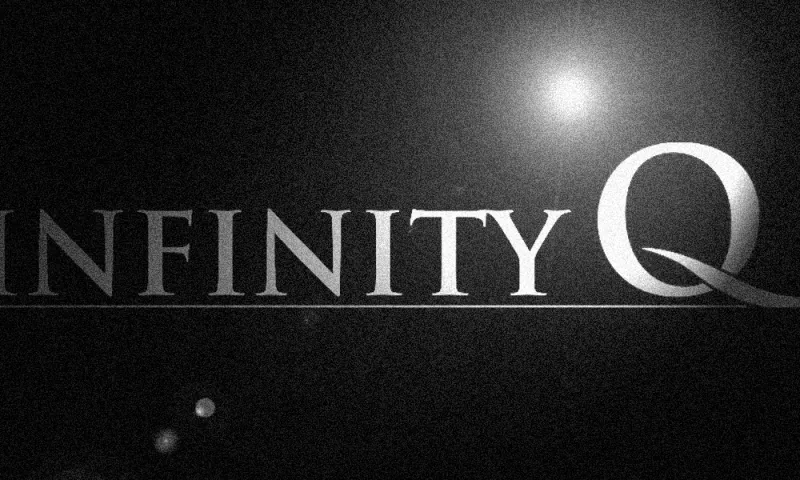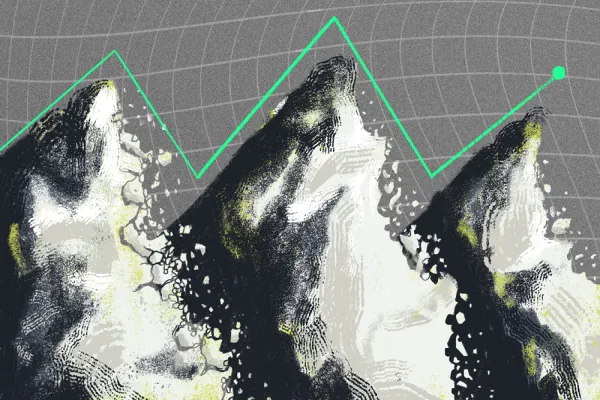For some allocators, the pricing mishap that led to the liquidation of one of Infinity Q Capital Management’s largest funds was a near miss.
Two allocators at financial advisory firms who spoke with Institutional Investor said they had considered investing in Infinity Q, but because of timing or their risk analysis, they ended up deciding against it.
On Monday, Infinity Q gated some of its funds and announced it is liquidating certain portfolios after learning from the Securities and Exchange Commission that its chief investment officer, James Velissaris, had been altering its pricing models. A statement on the firm’s website says it independently verified the SEC’s findings and that Velissaris has been “relieved of his duties.”
“It was a mixture of horror and relief,” one investor, who asked to remain anonymous, said of learning about the fund liquidations. “The feeling was that thank god we shelved it.”
Infinity Q first came onto the investor’s radar back in 2017, and again more seriously in 2019. He said his firm connected with volatility and liquid alternatives experts about considering the investments. Those experts flagged that there were substantial exposures to “level three assets,” which are considered the least liquid and thus most difficult to value from an accounting perspective.
“Because of the level three assets, there was potential for shenanigans, but we never thought that what would happen is someone mismarking the book,” the investor said. “I was more worried about these esoteric investments. That was the risk that kind of we were really thinking about in our diligence as opposed to very fundamental operational malfeasance.”
According to the investor, Infinity Q had told his firm that they would constrain losses to 2 percent of net asset value. “Now that the NAV is made up, that’s a whole other issue,” he added.
Darin Tuttle, the director of investment strategy at Pacific Capital, said one of his peers had invested with Infinity Q following March’s market drop. At the time, Tuttle’s firm was assessing its alternatives investments, so he began the due diligence process with Infinity Q.
“If you do a factor analysis, this fund looks good on paper,” he said by phone. “If you do a holdings-based analysis and build it up from there to understand the risk exposures, what the fund is holding was not typical.”
Tuttle said the over-the-counter swaps included in the portfolio were “a black box” in terms of being able to do a risk analysis on the asset. Tuttle’s notes from his May call with Infinity Q show that he had questions then about who was pricing the swaps.
Tuttle ultimately decided not to invest with Infinity Q. “They were presenting themselves as the smartest guys in the room to take advantageous price differentials on these swaps because they had a better way to value them compared to the banks,” Tuttle said. “That didn’t sit right with me.”
[II Deep Dive: Months Before SEC Investigation, Infinity Q’s CIO Touted Strong Performance]
The anonymous investor had a nearer miss. He said that his firm had started to seriously consider adding certain Infinity Q investments to its portfolio before the pandemic-induced market downturn. But “investment committee inertia” slowed the process down, and the firm ended up not investing.
“We almost got burned by this one,” he said.
Tuttle’s advisor friend who invested with Infinity Q wasn’t so lucky. The experience, the friend told Tuttle, was “eye-opening.”







